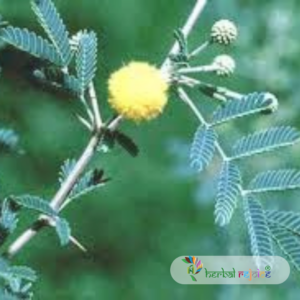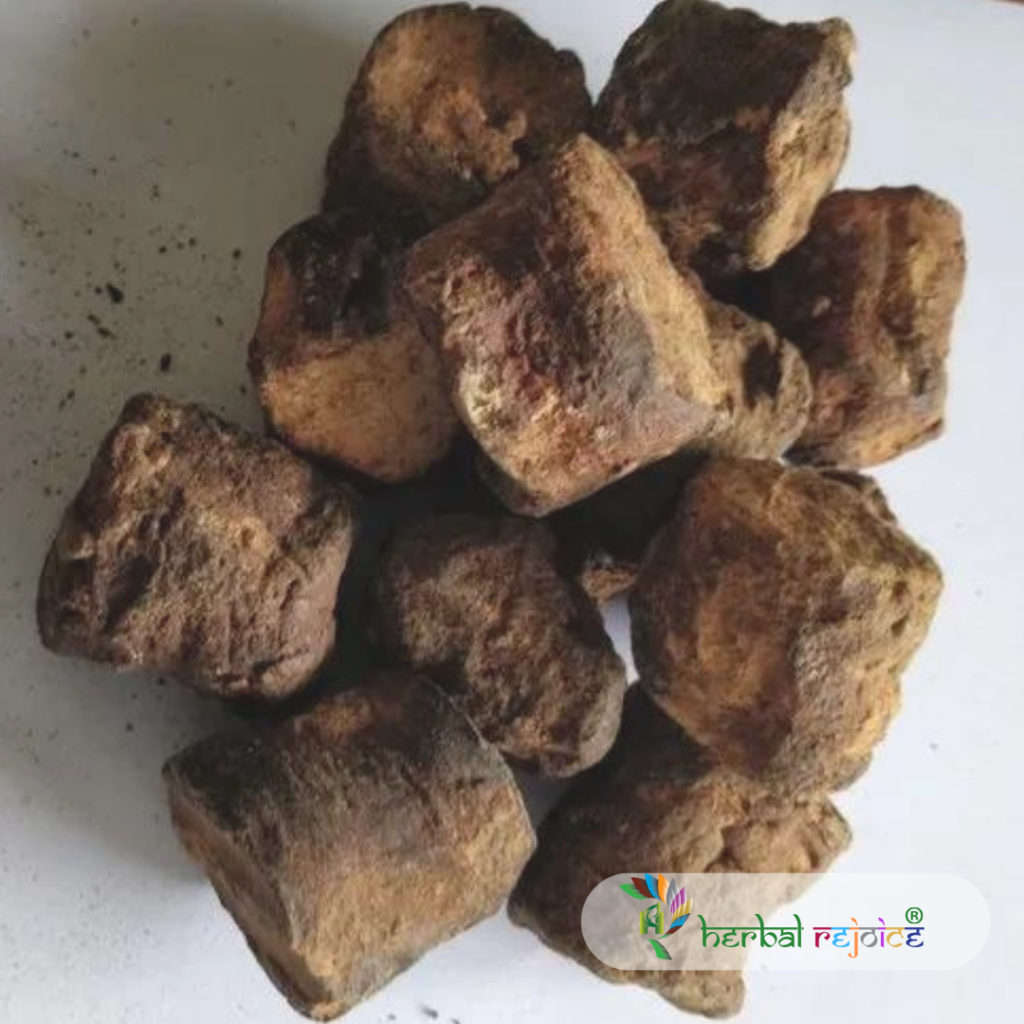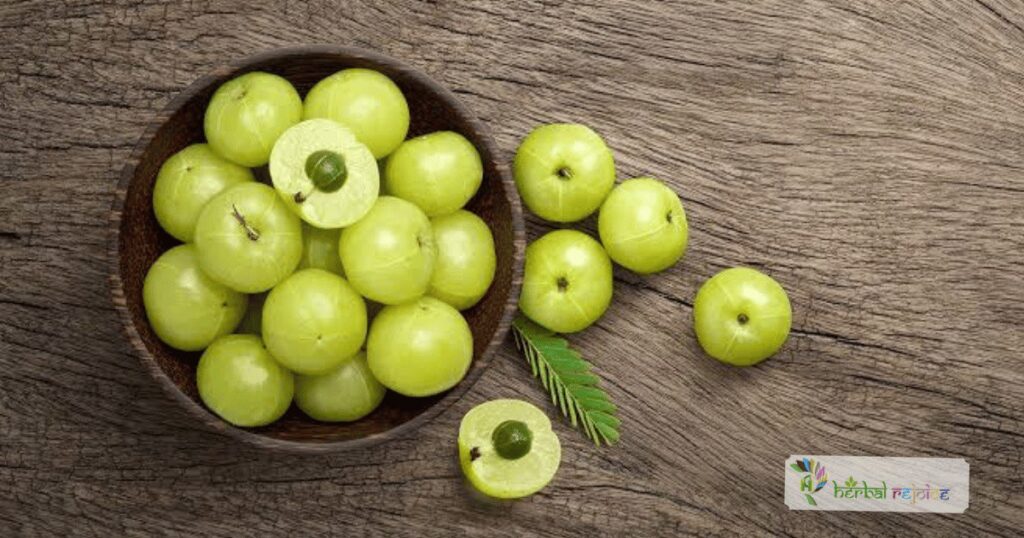Introduction
Pale Catechu, also known as Gambier, is a plant species belonging to the Rubiaceae family. It is native to Malaysia and Indonesia, where it has been used for centuries for its medicinal properties. In Ayurvedic medicine, a related species called Khadira is also used. The plant has also been referred to as Chinai Katthaa in folk medicine.
Components Of Pale Catechu
The primary action of Pale Catechu is its intestinal astringent properties. It shares similar uses with Black Catechu (Acacia catechu). The extract derived from the leaves and shoots of Pale Catechu contains high levels of tannins, particularly catechins (up to 35%) and catechu tannic acid (up to 50%). It also contains indole alkaloids such as gambirine and gambiridine, flavonoids like quercetin, pigments, and gambirfluorescin.
Health Benefits
One notable benefit of Pale Catechu is its ability to protect the liver from infection. The catechins found in the plant have been shown to have hepatoprotective properties, safeguarding the liver against potential damage or diseases. Additionally, gambirine, an indole alkaloid present in the plant, has been reported to have hypotensive effects, which may help in lowering blood pressure levels.
Another related species, Uncaria rhynchophylla, is known as Gou Teng in Chinese medicine. This species is native to China and shares some similarities with Pale Catechu. In Chinese medicine, Gou Teng is primarily used for the treatment of eclampsia, headache, dizziness, convulsions, high fever, and hypertension.

To fully harness the benefits of Pale Catechu, it can be consumed in various forms, such as capsules, tinctures, or teas. However, it is crucial to consult with a healthcare professional or an experienced herbalist before starting any new herbal regimen. This will ensure proper dosage and minimize any potential risks or interactions with other medications or health conditions.
Safety
In terms of safety, Pale Catechu is generally considered safe when used appropriately. However, like any herbal supplement, it may cause adverse effects in some individuals, especially when taken in large doses. These effects may include nausea, diarrhea, stomach cramps, or allergic reactions. It is advisable to start with a low dose and gradually increase as tolerated.
Conclusion
In conclusion, Pale Catechu (Uncaria gambier Roxb.) is a powerful intestinal astringent with a wide range of benefits. Its rich content of tannins, catechins, and other compounds makes it a valuable herb for protecting the liver, lowering blood pressure, and supporting overall health. Additionally, its close relative, Uncaria rhynchophylla, has been used in Chinese medicine for centuries to address various health concerns. To experience the potential benefits of Pale Catechu, it is important to seek guidance from healthcare professionals who can provide personalized advice based on individual needs and health conditions.
Frequently Asked Questions
What is Pale Catechu?
Pale Catechu, also known as Gambier, is a plant species with medicinal properties that belongs to the Rubiaceae family. It is native to Malaysia and Indonesia.
How does Pale Catechu work in the body?
Pale Catechu contains high levels of tannins, especially catechins and catechu tannic acid. These compounds provide intestinal astringent properties, which help tighten and tone the tissues of the intestines.
What are the primary uses of Pale Catechu?
Pale Catechu is primarily used as an intestinal astringent. It can help alleviate symptoms of diarrhea, loose stools, and other digestive issues.
Can Pale Catechu protect the liver?
Yes, Pale Catechu has hepatoprotective properties, meaning it can protect the liver from infections and potential damage.
Does Pale Catechu lower blood pressure?
Pale Catechu contains gambirine, an indole alkaloid that has been reported to have hypotensive effects, which may help in lowering blood pressure levels.
Is there a related species to Pale Catechu?
Yes, Uncaria rhynchophylla, also known as Gou Teng, is a related species native to China with similar properties.
How is Gou Teng used in Chinese medicine?
In Chinese medicine, Gou Teng is primarily used for the treatment of eclampsia, headache, dizziness, convulsions, high fever, and hypertension.
In what forms can Pale Catechu be consumed?
Pale Catechu can be consumed in various forms, such as capsules, tinctures, or teas.
Is it safe to consume Pale Catechu?
Pale Catechu is generally considered safe when used appropriately. However, like any herbal supplement, it may cause adverse effects in some individuals, especially when taken in large doses.
What are the potential side effects of Pale Catechu?
Potential side effects of Pale Catechu may include nausea, diarrhea, stomach cramps, or allergic reactions.
How should Pale Catechu be dosed?
It is important to consult with a healthcare professional or an experienced herbalist to determine the appropriate dosage for Pale Catechu, as it can vary depending on individual needs and health conditions.
Can Pale Catechu be used alongside other medications?
To ensure safety and minimize potential interactions, it is advisable to consult with a healthcare professional before starting any new herbal regimen, especially if you are already taking other medications.
What are the key compounds found in Pale Catechu?
Pale Catechu contains high levels of tannins, particularly catechins and catechu tannic acid. It also contains indole alkaloids, flavonoids, pigments, and gambirfluorescin.
Can Pale Catechu be used for skin conditions?
While Pale Catechu is primarily used for its intestinal astringent properties, it is also commonly used in traditional medicine for various skin conditions due to its natural anti-inflammatory properties.
Are there any contraindications for using Pale Catechu?
Individuals with certain health conditions, such as liver disease or kidney disease, should exercise caution when using Pale Catechu and consult with a healthcare professional before starting any new herbal regimen.
Does Pale Catechu have any antioxidant properties?
Yes, Pale Catechu contains flavonoids and other compounds that have antioxidant properties. Antioxidants help protect the body from oxidative stress and damage caused by free radicals.
Can Pale Catechu be used for gastrointestinal disorders?
Yes, Pale Catechu is commonly used for gastrointestinal disorders such as diarrhea, loose stools, and inflammatory bowel conditions due to its astringent properties.
Can Pale Catechu be used for wound healing?
Pale Catechu has been traditionally used topically for wound healing due to its astringent and antimicrobial properties.
Is Pale Catechu safe for long-term use?
Long-term use of Pale Catechu should be done under the supervision of a healthcare professional to ensure safety and monitor for any potential adverse effects.


